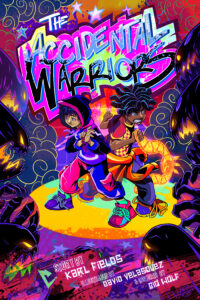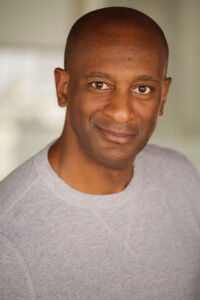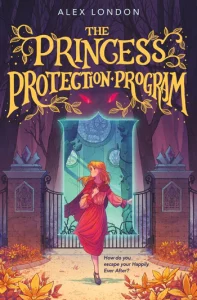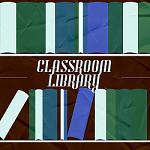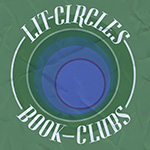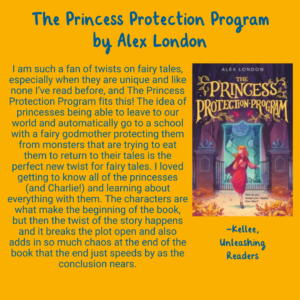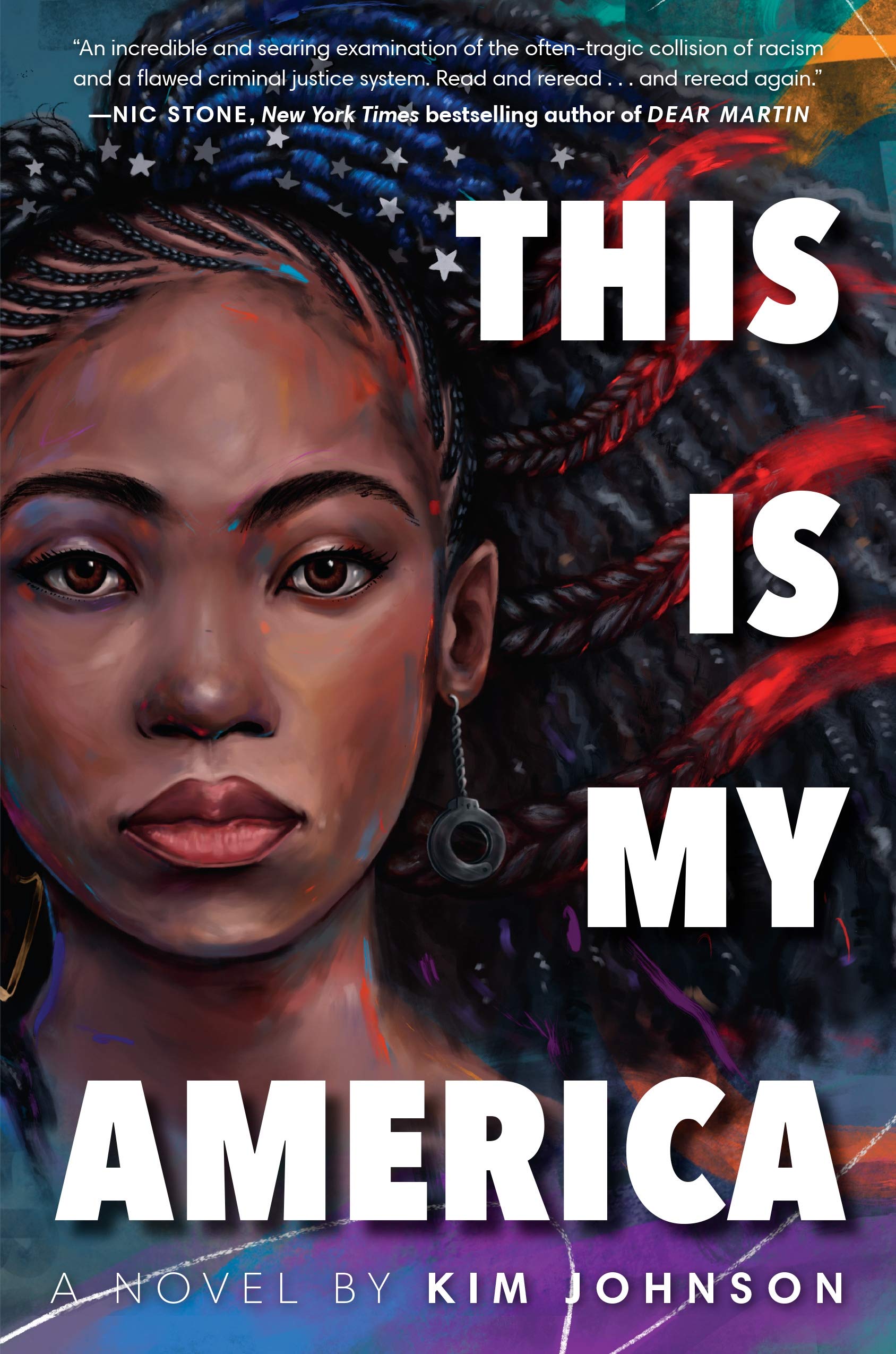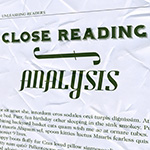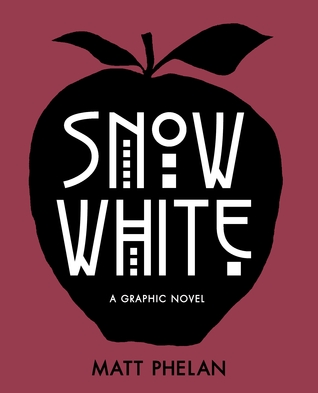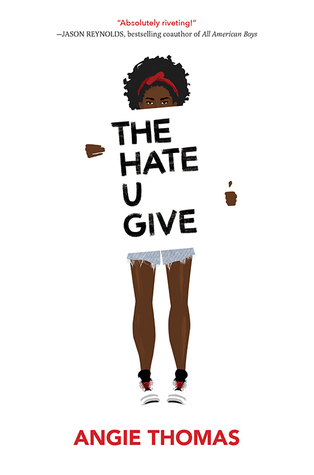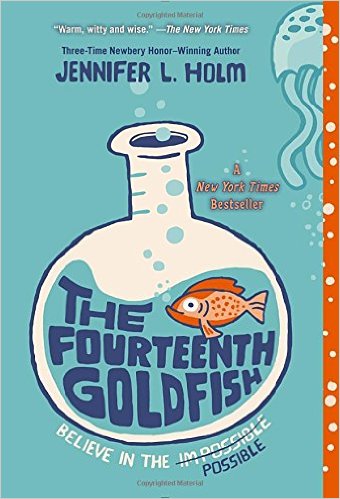“Fostering Empathy Through Literature”
Most kids are, by their nature, self-centered. This is developmentally appropriate: after all, they’re learning who they are and building up their self-esteem. Children should be focused on themselves. Think of babies, who will happily ruin a wedding or concert by screaming simply because they’re hungry or uncomfortable. Their entire world is their needs and desires.
We do not, however, want kids to stay that way. A large part of growing into an adult is recognizing that there’s an entire world that exists outside of yourself, and that your viewpoint is not the be-all-end-all of a given situation.
That said, teaching empathy is one of the most difficult tasks of a parent, teacher, or caregiver. But luckily, one of the easiest tools at our disposal is a robust reading list.
In my latest novel, Take It from the Top, kids are able to see the exact same events from two different perspectives. Eowyn, who comes from a one-parent household filled with both grief and financial resources, experiences things very differently than Jules, who comes from a family that’s short on cash but rich in affection and affirmation. These two have done what children are so good at doing: looking past differences in order to create a friendship based on love, joy, and common interests. But, at the ripe age of thirteen, as they transition from being children to being young adults, those differences are feeling starker and heavier.
How do books like Take It from the Top help form empathy in kids?
- Books give kids a safe space to discuss complicated topics. Within stories, kids are able to ask questions that might otherwise feel awkward. They can see the missteps of certain characters—like how Jules struggles to understand Eowyn’s grief, or how Eowyn misinterprets Jules’s envy—and learn from them without making them on their own. So many topics these days are heated and we require perfection in conversations. But kids are imperfect, just like us! They need time and space to learn about issues and form their opinions.
- Books help kids see themselves. Take It from the Top takes place at a summer camp for musical theater. Will most kids go to a summer camp for musical theater? No. But that doesn’t mean they won’t be in positions where they’re competing with friends, or feeling left out of friend groups, or being disappointed by their own lack of skills in any given department. They can identify problems within books, helping to illuminate these problems in their own lives. By understanding themselves better, they can better regulate their emotional responses.
- Books help kids explore perspectives they’re unfamiliar with. Kids are laser-focused on their own lives because at their young age, that’s all they’ve really known. Depending on their circumstances, they may be surrounded by a wide diversity of thoughts and experiences, but they may not be. Books allow kids to experience things from different points of view and understand what it’s like for kids that are radically different from themselves.
- Books fill kids’ hearts with hope. Lastly, any good middle grade book should point kids towards hope. That doesn’t always mean a happy ending—it’s not a spoiler alert to say that Jules doesn’t win the lottery at the end of Take It from the Top, and Eowyn’s mom doesn’t suddenly come back to life. Grief and hardship are real, and kids know that. But what they need to be reminded of is that they can handle grief and hardship. They can be equipped with virtue and courage so that these difficulties become manageable burdens, not all-consuming difficulties. It’s impossible to have empathy without hope for connection.
By reading and discussing books like Take It from the Top, kids can grow in empathy and begin the complicated process of moving from me to we.
Published November 19th, 2024 by Quill Tree Books
About the Book: Set at a camp over the course of six summers, this novel dives into the falling-out of two girls from different backgrounds who thought they’d be friends forever. Claire Swinarski, Edgar Award nominee of the ALA Notable What Happened to Rachel Riley?, tackles privilege, perspective, and the power of friendship in this page-turning puzzle that readers will devour.
Eowyn Becker has waited all year to attend her sixth summer at Lamplighter Lake Summer Camp. Here, she’s not in the shadow of her Broadway-star older brother; she’s a stellar performer in her own right. Here, the pain of her mom’s death can’t reach her, and she gets to reunite with her best friend, Jules Marrigan—the only person in the world who understands her.
But when she gets to camp, everything seems wrong. The best-friend reunion Eowyn had been dreaming of doesn’t go as planned. Jules will barely even look at Eowyn, let alone talk to her, and Eowyn has no idea why.
Well, maybe she does…
There are two sides to every story, and if you want to understand this one, you’ll need to hear both. Told in a series of alternating chapters that dip back to past summers, the girls’ story will soon reveal how Eowyn and Jules went from being best friends to fierce foils. Can they mend ways before the curtains close on what was supposed to be the best summer of their lives?
About the Author: Claire Swinarski is the author of multiple books for both kids and adults. Her writing has been featured in the Washington Post, Seventeen, Milwaukee magazine, and many other publications. She lives in small-town Wisconsin with her husband and three kids, where she writes books, wears babies, and wrangles bread dough.
Thank you, Claire, for supporting our belief that books are the key to empathy!



